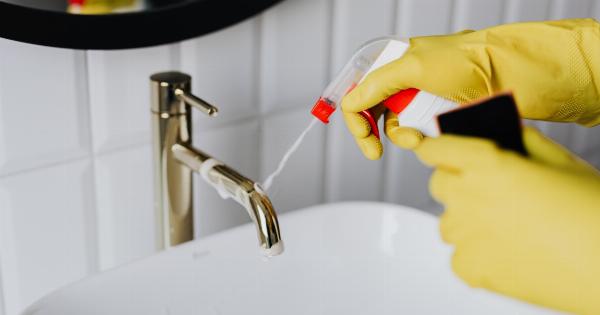Exfoliation is an important step in any skincare routine. It helps to remove dead skin cells, provide a deep cleanse, and promote skin rejuvenation. In this article, we will provide you with a step-by-step guide to exfoliating your way to better skin.
Step 1: Determine Your Skin Type
The first step in exfoliating your skin is to determine your skin type. There are three main skin types: dry, oily, and combination. Each skin type requires a different type of exfoliation.
Dry skin should be exfoliated gently, as it tends to be more sensitive. Oily skin, on the other hand, can handle more intense exfoliation. For combination skin, focus on exfoliating the oily areas more often and the dry areas less frequently.
Step 2: Choose Your Exfoliator
There are two main types of exfoliators: physical and chemical. Physical exfoliators use a scrub or brush to physically remove dead skin cells from the surface of your skin.
Chemical exfoliators, on the other hand, use ingredients like alpha-hydroxy acids or beta-hydroxy acids to dissolve the dead skin cells.
Physical exfoliators are great for those with oily skin or those who need a deeper cleanse. However, they can be too harsh for those with dry or sensitive skin. Chemical exfoliators are great for all skin types and can provide a more gentle exfoliation.
Step 3: Prep Your Skin
Before you start exfoliating, it’s important to prep your skin. Start by cleansing your face with a gentle cleanser to remove any dirt or makeup. Then, wet your skin with warm water to open up your pores.
This will make it easier to remove the dead skin cells.
Step 4: Exfoliate
Now it’s time to exfoliate. Take a small amount of your chosen exfoliator and apply it to your skin using gentle circular motions. Be sure to avoid the eye area as it is more sensitive than the rest of your face.
Focus on areas where dead skin cells tend to accumulate, like your nose, chin, and forehead.
If you’re using a physical exfoliator, be sure to use light pressure and avoid scrubbing too hard. If you’re using a chemical exfoliator, leave it on for the recommended amount of time before rinsing off.
Step 5: Rinse
After you’ve finished exfoliating, rinse your face with warm water to remove any remaining product. Then, splash your face with cold water to close your pores. Be sure to pat your skin dry with a clean towel, rather than rubbing it, to avoid irritation.
Step 6: Moisturize
After exfoliating your skin, it’s important to moisturize. Exfoliating can strip your skin of its natural oils, so it’s important to replenish them. Choose a moisturizer that’s right for your skin type and apply it all over your face and neck.
Step 7: Repeat
You should aim to exfoliate your skin 1-2 times per week, depending on your skin type and the type of exfoliator you’re using.
Over-exfoliating can actually damage your skin and cause it to become more sensitive, so be sure to give your skin time to rest in between exfoliations.
Conclusion
Exfoliating your skin is a great way to improve the overall health and appearance of your skin. By following the steps outlined in this article, you can exfoliate your way to better skin in no time.





























